Living in eco-systems
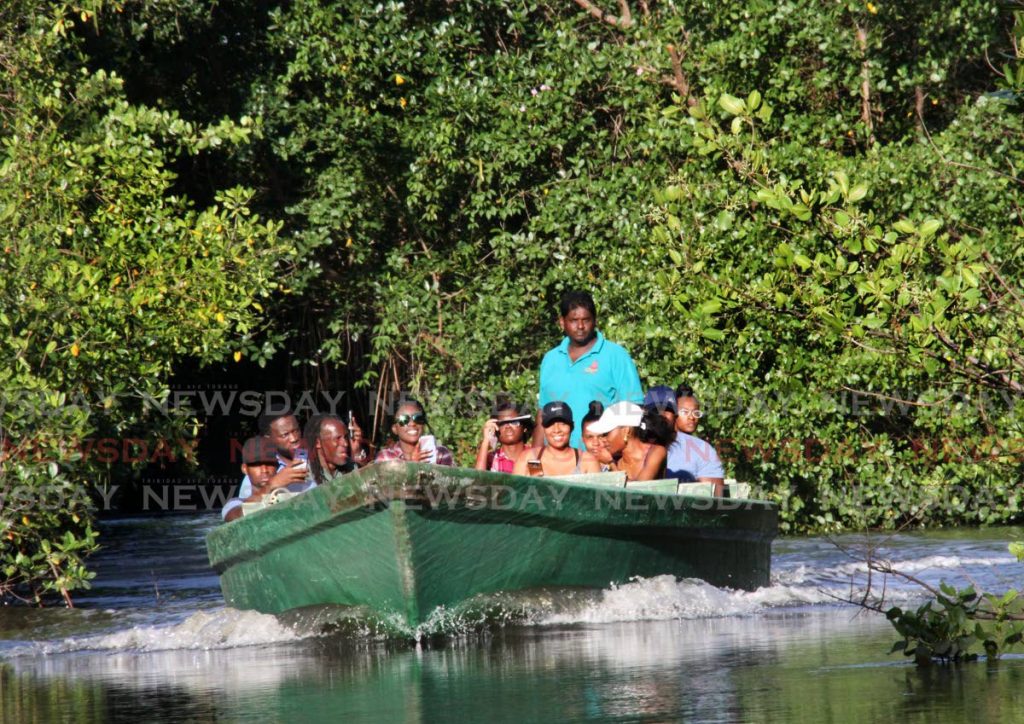
Preliminary findings of a survey spearheaded by the United Nations Food and Agriculture Organisation (FAO) suggest most people living in six forested and protected areas (PAs) in TT are unaware of the status of where they live.
The data points toward an untapped potential for economic diversity and personal development these areas can offer to a considerable portion of the country's population, which reside in or around them.
The FAO released its initial findings earlier this month, following a recent two-month survey, which was intended to create a context to study the multiple roles of forests on the welfare and livelihood of households living in or around six PAs.
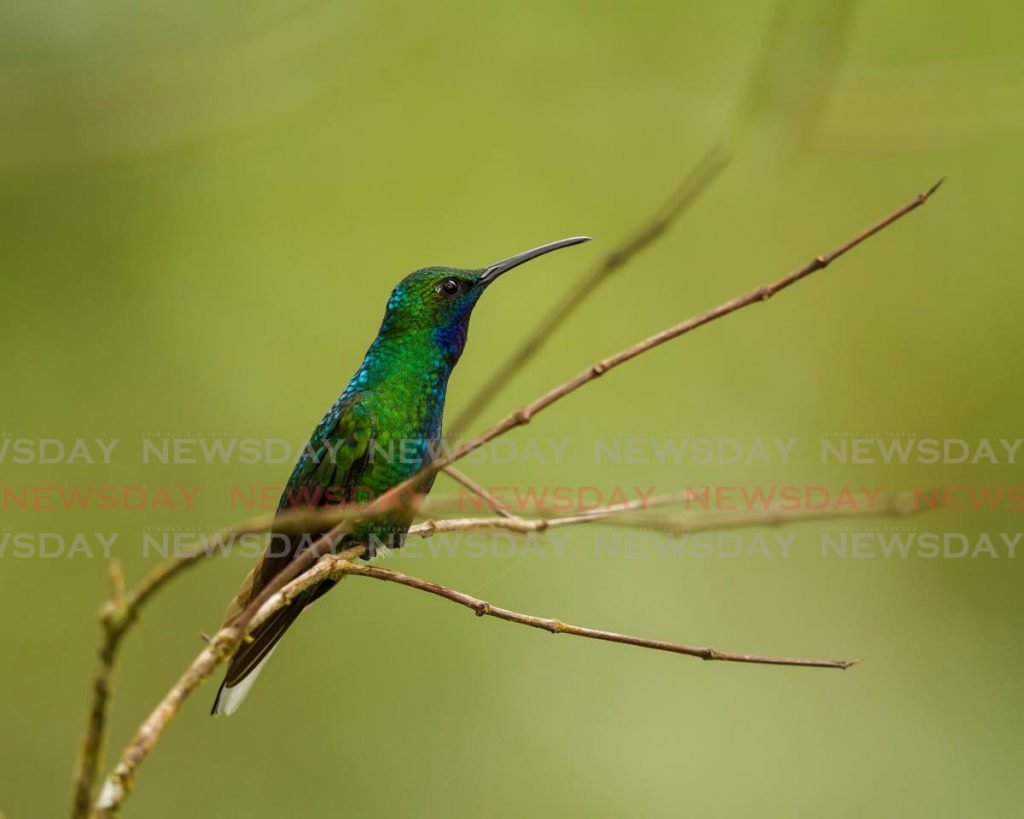
Economist Rebecca Gookool-Bosland, who led the technical team, summarised the preliminary findings, ahead of the full report, which is expected to be completed by May.
"Protected areas represent a significant renewable resource in TT, which can be leveraged for social and economic benefits," she told an audience of stakeholders from various government agencies, including the Central Statistical Office (CSO), which is expected to collect the data.
The pilot PAs are the Caroni Swamp, Nariva Swamp and coastal zone, Matura Forest and coastal zone, Trinity Hills and eastern extension, Main Ridge Forest Reserve and North-East Tobago Marine Protected Area.
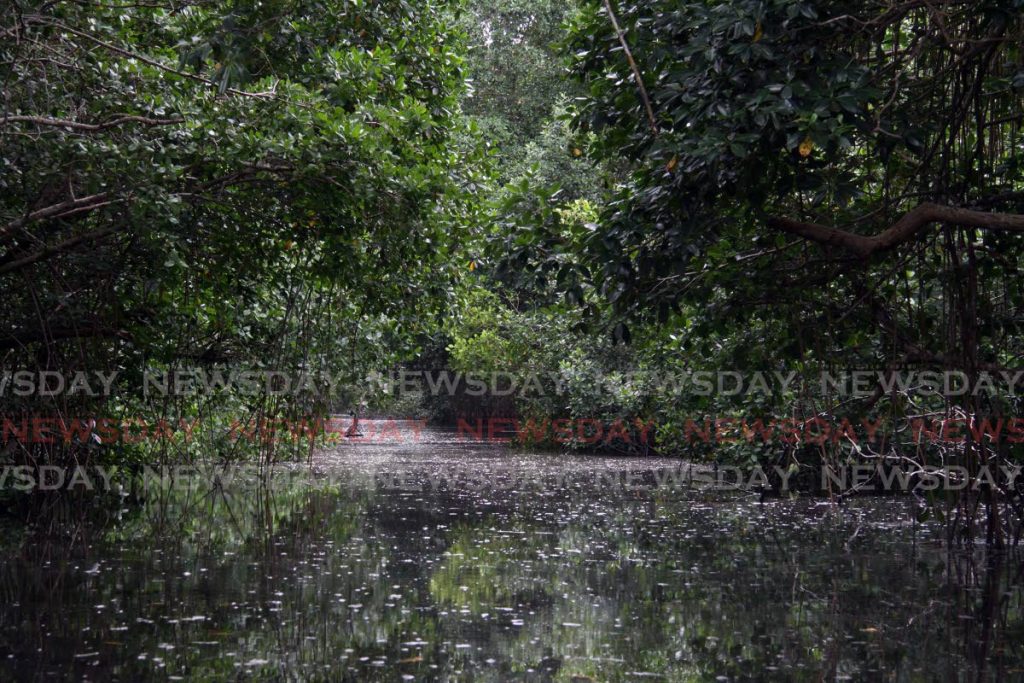
The sites were chosen because they represent management issues in TT, according to the FAO, and have globally important biodiversity and ecosystems.
Explored were the socio-economic attributes and residents’ reliance on protected areas and opportunities for sustaining and enhancing income through ecosystem services.
A specific assessment was conducted, during the project, and methodologies proposed for data-gathering. An evaluation and a detailed work plan for the implementation of the assessment was also completed.
"Continuous monitoring and measurement (are) critical in order to effectively plan for and with this resource. Protected areas have the potential to support economic diversification,” said Gookool-Bosland.
"As a resource, protected areas must be comprehensively understood in order to identify the various linkages which exist with the rest of the economy, and these linkages can be strengthened in the context of a localised economic development approach."
The presentation of the survey's findings brought together stakeholders from a number of government ministries, along with the CSO as an external partner. Data is expected to be used for the development of policy as it relates to the protected areas and their inhabitants.
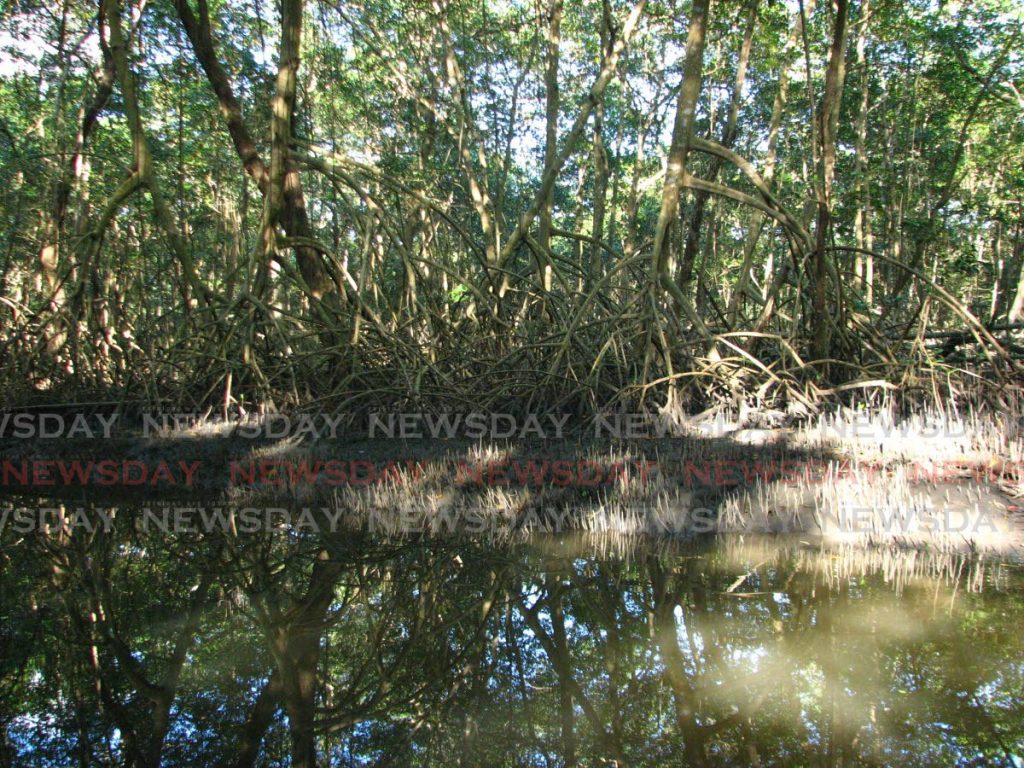
"Protected areas have the potential to support economic diversification," Gookool-Bosland said.
The project is titled Improving Forest and Protected Area Management in TT, and began in 2015. It's aimed at improving forest and protected area management in TT.
The survey was undertaken between September and October. It investigated, among other things, whether people living in close proximity or within protected areas are aware of the status of the sites and what products are being extracted from the sites.
Whereas the project's main objective is the conservation of local biodiversity, the context goes beyond the country's borders and is representative of TT's commitment to international conventions and to the fulfilment of actions in furtherance of the UN's sustainable development goals.

The FAO said the objectives of the project are:
* drafting national legislation for establishing and managing protected areas;
* management plans for the six pilot protected areas;
* a national protected area system plan to cover at least 214,000 hectares consolidated to ensure adequate coverage of all important ecosystems;
* the resources, staff capacity and infrastructure needed for effective protected area management built in the six areas;
* a sustainable financing system for long-term management of the protected areas system and the establishment of a forestry and protected areas (FPA) fund;
* and results-based management and effective communication to stakeholders to ensure effective delivery of the outputs and sustainability of the project outcomes.
"I was impressed and we were able to cover the work in a very efficient amount of time. We need to say kudos to CSO for that,” said Gookool-Bosland.
The survey shows that about 59 per cent of people surveyed live within a PA, while the other 49 live close to a PA.
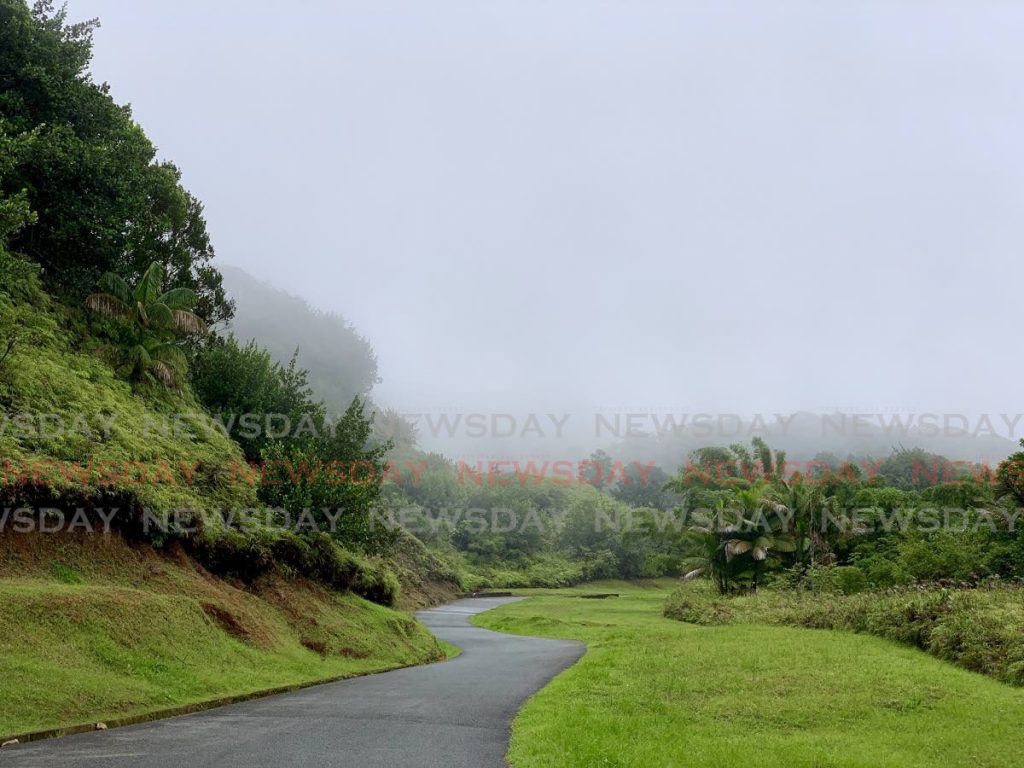
"The assumption is that there is a degree of interaction between the households and the PA. The aim of the survey, therefore, was to evaluate the nature of that interaction. Note, however, that there is a large extent of a lack of awareness that the areas were designated as a designated area," she added, highlighting a 73 to 27 per cent disparity.
"And this is an interesting result as it speaks to the relative importance that society and hence household place on the environment."
She said such information is crucial in guiding policymakers.
"These are some of the implications of the way that we educate the people, of the way we interact with people. And it also tells us in general about the decline of agriculture in our society.
"As a society, we have basically educated our children out of agriculture and that’s a challenge and it is emanating in indicators like this and it is emanating in the disconnect that we see between society and environment."
Using herself as an example, Gookool-Bosland said she is a "product of agriculture," having grandparents, who were among the first processors of sugar cane at Caroni.
"(They) also owned large expanses of land, which they monetised. They sold at the market. They educated their children and their children educated me," she said. The issue, however, is that she knows little about agriculture and said the data may indicate a growing disconnect between consumers and locally-grown produce.
"In the last year, households collected fruits, fish, game animals, birds, roots and tubers, vegetables and medicinal plants from the PA or the vicinity of it. These products in some cases were cultivated and I need to be clear about that. Cultivated in the sense that households identify that there is potential in the land.
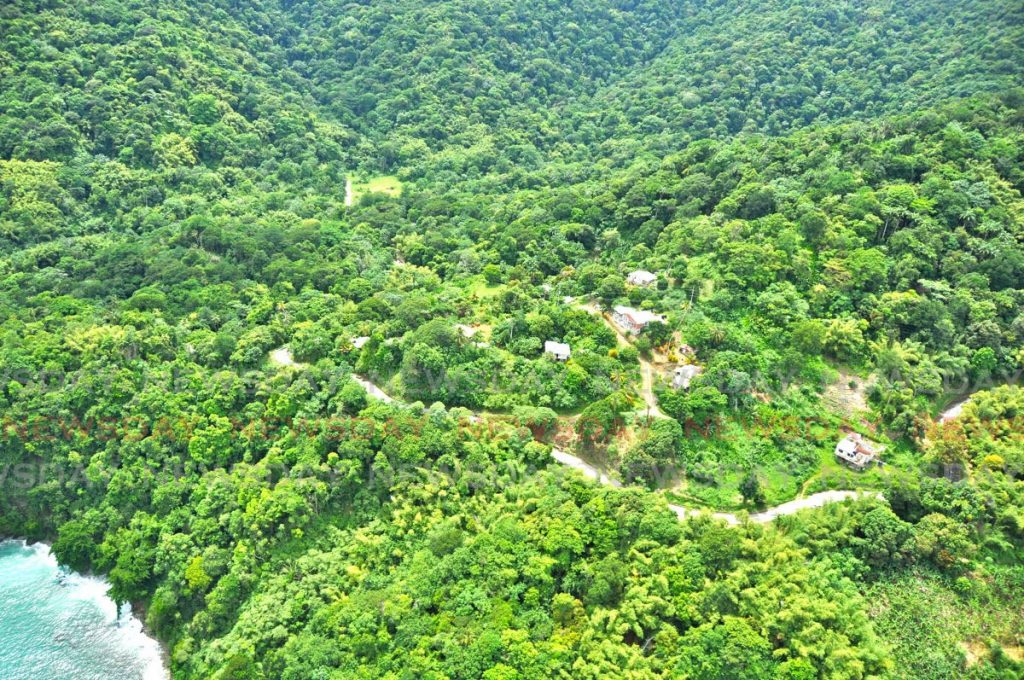
“They have space, they've leveraged the fertility, they leveraged proximity to rivers, they've leveraged this information and have actually physically gone in and cultivated these spaces. That particularly shows up in the revenue generated from vegetables and fruits in the last year,” Gookool-Bosland said.
She noted that general collecting and cultivating of produce, game animals and other products of the protected areas has generated on average $18.9 million.
“And we know in many regards that this is heavily understated. These figures speak to the potential development which can be generated in a localised area. I'm saying there is potential that is untapped and that remains significantly untapped and until such time when we can measure it, you can't monitor it and you can't map it as a development strategy."

Development is not just about social and economic progress, she said, but also maintaining and improving environmental integrity over time.
The $18.9 million figure, she said, indicates the potential for people to enjoy a high-quality standard of living, once they are aware and take advantage of the areas’ economic potential.
FAO representative Reuben Robertson gave the opening address, noting the project has resulted in greater awareness of the forests' resources and protection through the installation of signs.
“We have been able to develop, together with civil society, signage that will provide detailed information on these protected areas,” he said. Signs have already been installed in Matura and the FAO is working with the Environmental Management Authority (EMA) and other agencies to install more signs in other protected areas.

Comments
"Living in eco-systems"